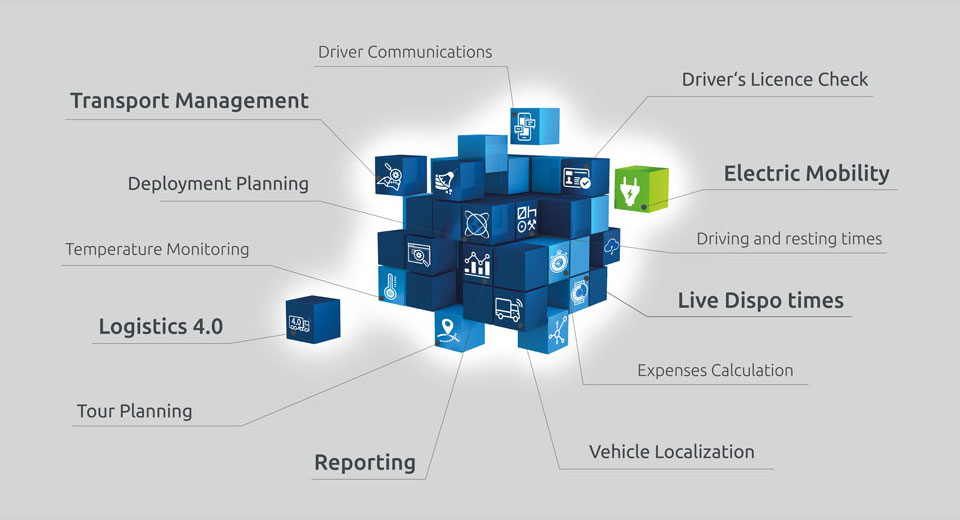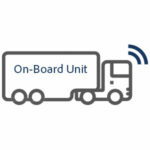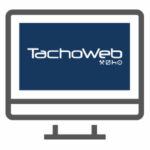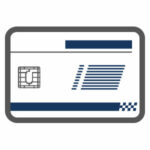Home » What is vehicle telematics?

Telematics is a merging of the terms telecommunications and informatics. The technology links mobile data interchange with computer-based information processing. Thus, vehicle data can be digitally transferred and effectively utilized in a system platform for transport companies.
Learn more about the most important features and which criteria are crucial when choosing a telematics system.

Telematics systems continuously capture data via mobile vehicle units (“on-board unit”) and transfer it to a server which feeds it into the system platform. Here the data is processed and displayed in a clear structure. Simultaneously the data is analysed and archived which makes it easier to make informed decisions. The data is available in real-time for fleet managers, transport managers and drivers.




Vehicle telematics supports various features which enable an efficient fleet management. It accomplishes…
… more than mechanical read-out
Telematics increase the reliability, timely availability and quality of information significantly. Thus, fleet managers get access to a substantially higher amount of and more precise data.
… more than data transfer
Telematics goes beyond mere data capture. The intelligent combination and processing of data creates transparent processes and gives a comprehensive overview of all relevant operations.
… more than a mere human
Telematics collects and interprets data in a detailed and nuanced way. No human could accomplish a comparable performance in terms of extent and coverage. Thus, fleet managers can access information which wouldn’t be available without telematics. Time-consuming routines can be automated as well.

With just a few clicks the system converts pre-combined tours into daily scheduled tours which can be matched to a driver.
Telematics systems determine the optimal route by taking map data, available traffic information and toll rates into account which can be directly transferred to the vehicle’s navigation device.

Via GPS data the system can display at any given time where all vehicles are located. That provides fleet managers with full arrival control.
Route deviations are noticed immediately, thus, the driver or fleet manager can inform clients about delays.
This data helps also with the so-called geo-fencing where geo-zones can be specified which the vehicle mustn’t leave. That helps to prevent vehicle theft and provides security for drivers.

Telematics enables a structured communication between fleet manager and driver. Orders can be transmitted easily and quickly to the cockpit, as well as tour data and planning changes.
The data is saved and thus allows to trace sent and received messages even months later.
The message transmission without any change in media avoids error-prone intermediate steps which occur e.g. with phone or radio communication.

Data of the driver card and digital tachograph can be easily read out; remote modules enable even an automatic read-out.
The system records driving and resting time of drivers, driven kilometres, speeding and other relevant information. The transmitted data is displayed clearly arranged and provides information about time balance and social infringements. Reports can be created with just a few clicks.
Thus, fleet managers can fulfil their legal obligations without additional time and deployment planning is made easier.

Telematics systems can also access data of the FMS (fleet management system).
The analyses take information like vehicle speed, current fuel consumption, tank level and kilometres until next service into account. That simplifies for instance the planning of maintenance deadlines.
Also, the driving behaviour can be captured and analysed via FMS data which supports optimization and thus, saving of expenses.